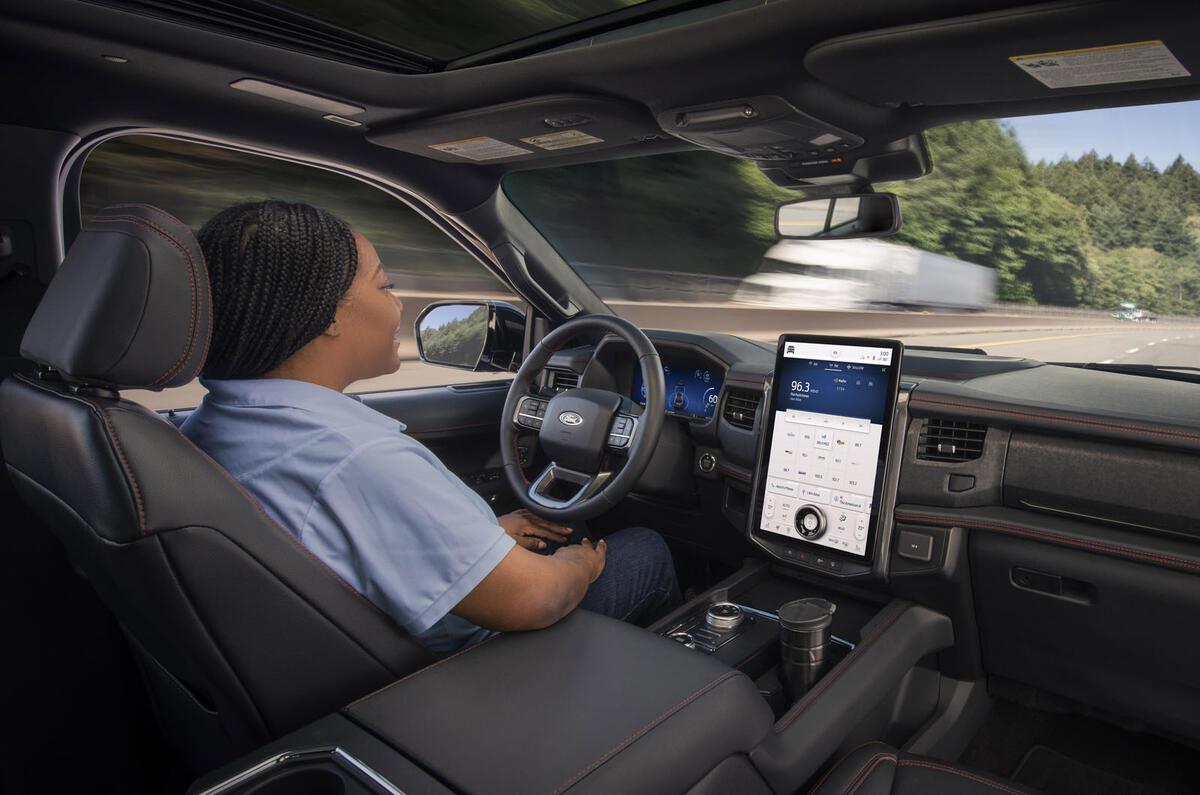A short Twitter video posted August 1 showing the head of Ford's European EV division, Martin Sander, driving a Ford Mustang Mach-E hands-free on the M25 raised hope anew. Could we really be on the cusp of ceding control of the dullest driving to our car?
The promise of autonomous driving has long been in the post as technology companies overhype the prospect of computers taking over in the near future.




Add your comment